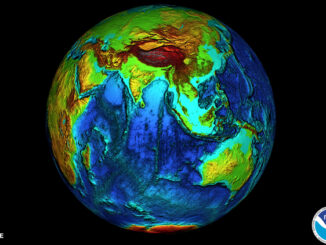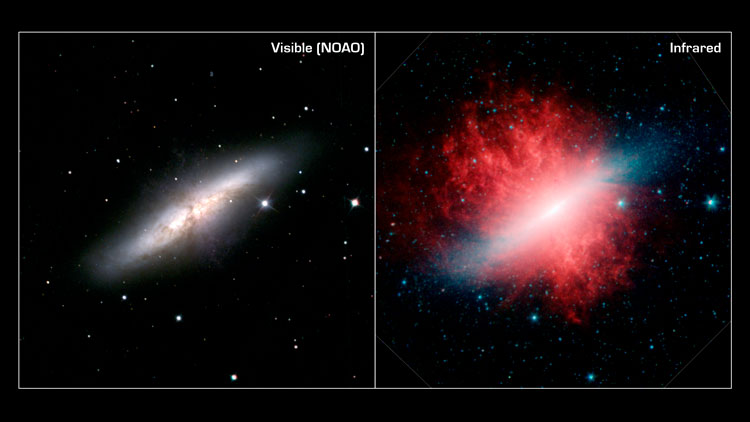
Early in February, two different parts of the world experienced very different natural disasters. But both were caused by the same warm waters in the Pacific Ocean.
From February 1st to February 5th, the country of Chile suffered the deadliest wildfires in the country’s history. The fires claimed the lives of over 130 people. They took place in the Valparaíso region of Chile. The fires came after the country had experienced extremely high temperatures, approaching 100 °F. The heat combined with high winds and a dry climate made the conditions ripe for fires.

Meanwhile, in California, heavy rains led to devastating flooding, mudslides, and power outages. These rains were caused by an atmospheric river. Atmospheric rivers are very narrow, intense bands of moisture. They are like rivers in the atmosphere. They moveto the West Coast from the Pacific Ocean. Los Angeles, California, experienced over a month’s worth of rain in two days.
California and Chile are almost 6,000 miles apart. Floods are very different from fires. So, what do these disasters have in common? El Niño. El Niño occurs when waters in the Pacific Ocean near the equator are warmer than usual. This causes wind currents that usually move east to move west. In the United States, it causes cold, rainy air to move eastward through the southern part of the country. Atmospheric rivers can occur during this movement. In South America, El Niño causes the kind of warm, dry, and windy conditions that make wildfires more likely.
This January was one of the warmest El Niños on record. Some scientists have referred to it as a Super El Niño. El Niño shows how everything is interrelated. The temperature of water in one place can have serious effects thousands of miles away!
What Can You Do? Research charities or ways to raise help for those who have been affected by flooding in California or wildfires in Chile.
Photo Credits: Top: JAVIER TORRES/AFP/Getty Images; Bottom: Nelvin C. Cepeda/San Diego U-T/ZUMA Press Inc/Alamy Stock Photo



